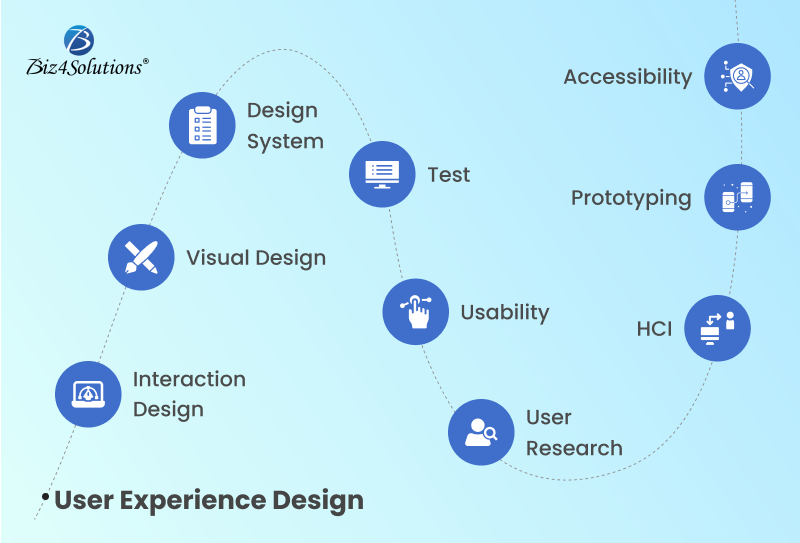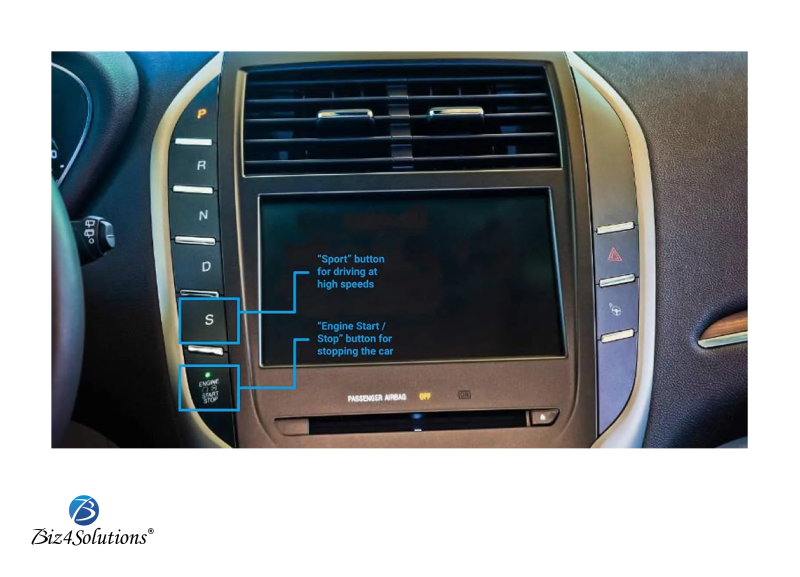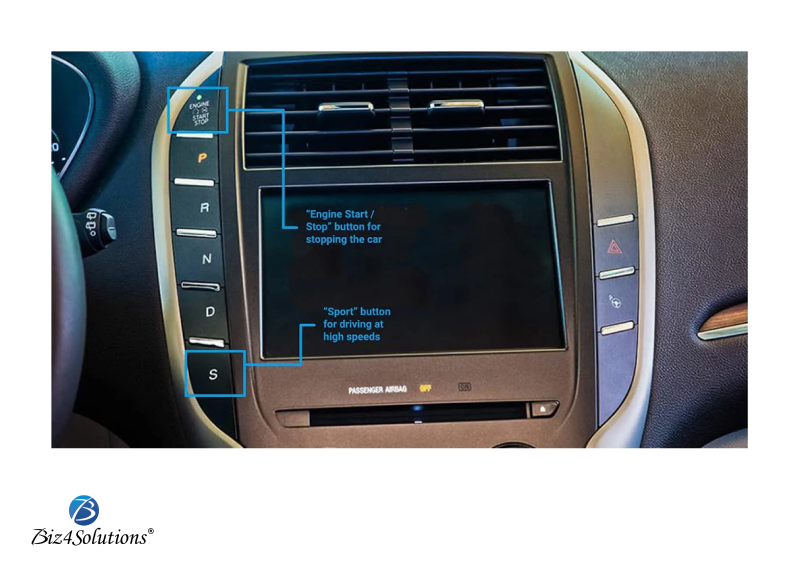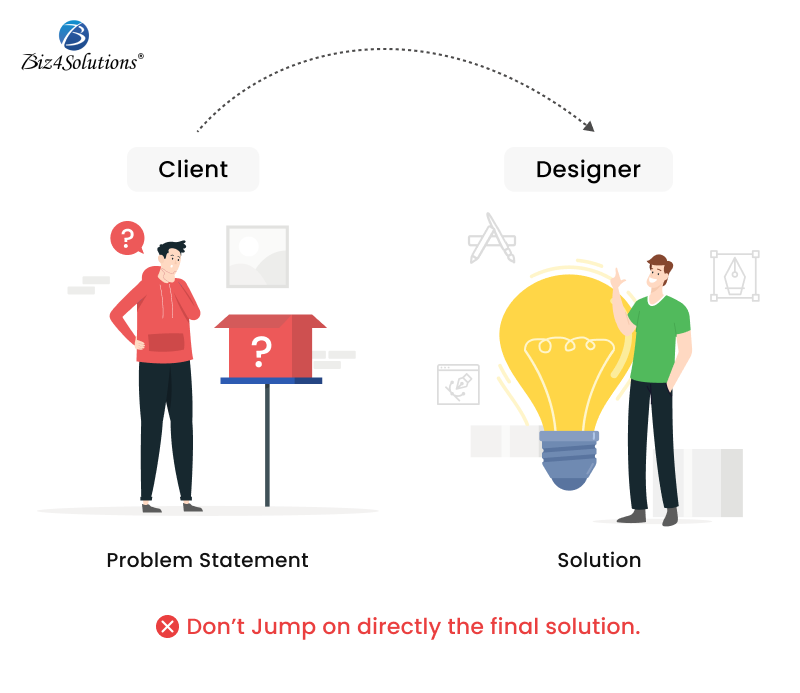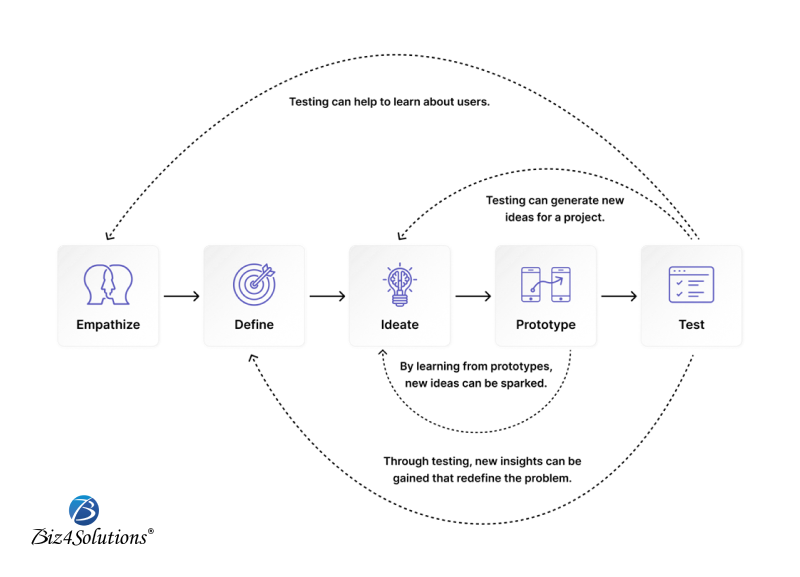Embracing Digitalization in the Water Industry!
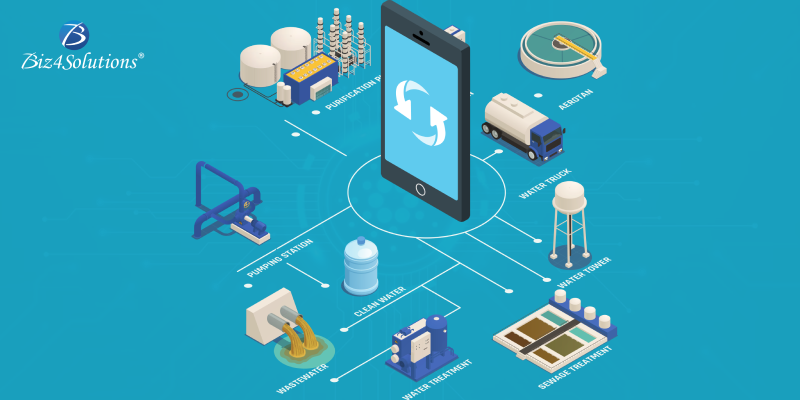
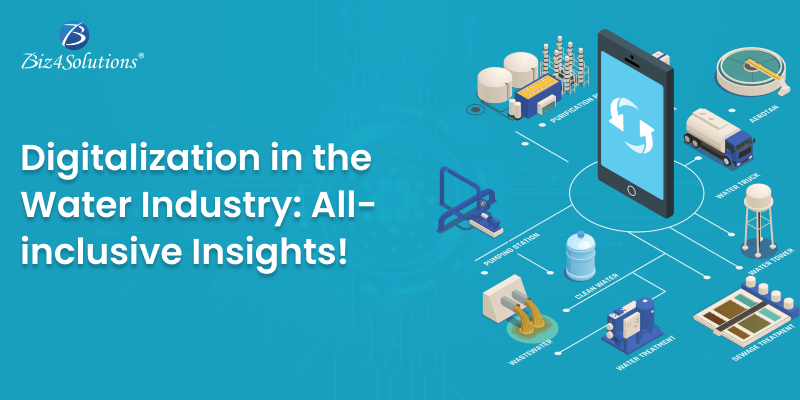
The availability of safe and drinkable water is vital for the well-being of individuals, the stability of societies, and the sustainability of ecosystems. Shockingly, over 780 million individuals, approximately 11% of the global population, lack access to clean and safe water. Moreover, the increasing population, along with rapid urbanization, has led to the global water crisis. This alarming scenario is projected to worsen in the years to come. As estimated by the online news portal The Guardian, by 2050, up to 5.7 billion individuals will be residing in areas that face water shortage for at least a month every year. To address such pressing challenges, the water industry is embracing digitalization as a viable solution.
Through the adoption of digital technologies such as the Internet of Things (IoT) and artificial intelligence (AI), the water industry is undergoing a transformative shift known as Industry 4.0. This digital revolution is simplifying water quality analysis and modernizing water treatment methodologies. Real-time monitoring and data analytics enable proactive interventions, timely leak detection, and optimal resource allocation. Additionally, digitalization in the water industry empowers consumers by providing them with insights into their water usage patterns, enabling them to make informed decisions and adopt water-saving behaviors.
However, as the water industry embraces digitalization, it must also confront potential challenges that arise along the way. In the following post, we will explore the challenges, impacts, and advantages of water industry digitalization.
Challenges Faced by The Water Sector
Here are some of the common obstacles encountered by the water industry.
1. Outdated Infrastructure: A Looming Crisis
The dilapidation of America’s water infrastructure is a well-documented crisis. Insufficient investment in equipment and facility rehabilitation and replacement has led to a rapid deterioration of the infrastructure. According to a survey conducted by Black & Veatch, approximately 80% of utility respondents consider aging infrastructure as the most critical challenge faced by the industry. This predicament poses risks to the reliability and efficiency of water systems, demanding urgent attention and proactive measures.
2. Workforce Transition into Retirement: Skill Gaps
The retirement of experienced workers presents a pressing issue for utilities across the nation. As a significant portion of the workforce reaches retirement age, the replacement of skilled professionals becomes crucial. The absence of seasoned staff affects daily operations and undermines disaster preparedness efforts. New or younger employees may lack the necessary expertise and institutional knowledge to effectively handle emergency situations. Addressing this challenge requires strategic planning and investment in workforce development programs to bridge the knowledge gap and ensure a seamless transition.
3. Rapid Population Growth: Strains on Water Supply and Quality
Factors like urbanization and population growth place an immense burden on existing water systems. The first challenge posed by urbanization is meeting the escalating demands for water supply. The second challenge lies in maintaining water quality and mitigating environmental contamination resulting from urban development. For striking the right balance between meeting the needs of a growing population and safeguarding the environment, it’s necessary to adopt innovative solutions and sustainable practices. The water industry must adapt and invest in technologies and strategies that optimize resource utilization and mitigate the impact of urbanization on water quality.
How does Digitalization benefit the Water Industry?
The digitalization of water utilities plays a crucial role in transforming the water industry and brings a plethora of advantages to utility companies. By integrating smart pumps, valves, sensors, and actuators through IoT-supported, data-driven models, digital control enables seamless communication and real-time data generation. This allows the equipment to interact with each other, send data to smartphones, and provide instant access to valuable information over the internet. The implementation of digital infrastructure empowers utilities to evaluate, automate, address, and predict problems in real-time, effectively addressing various challenges.
1. Resilience:
One significant advantage of digital innovation in water management is an improvement in supply reliability and resilience. By employing digital solutions for the water sector, such as a comprehensive network of sensors, intelligent equipment, real-time source-to-tap digital twins, data analytics, and advanced simulation tools, utilities can quickly adjust to evolving conditions.
The real-time monitoring of water resources enables the timely detection of potential issues or equipment failures. This makes room for more efficient asset management, predictive maintenance, and improved emergency response. Data analytics allow data-driven decision-making.
This increased resilience ensures a more robust and dependable water supply system, capable of withstanding disruptions and improving the overall operations.
2. High Operational Efficiency:
Digitalization in water management significantly improves efficiency by providing preventive and predictive maintenance capabilities. Digital solutions enable the detection of leaks, excessive vibration, pump bearing failure, cavitation, and other potential issues. By identifying these problems in advance, utilities can proactively address them, minimizing critical asset downtime and optimizing operational effectiveness. Additionally, asset management platforms streamline maintenance processes, ensuring efficient resource allocation and maximizing the lifespan of aging assets.
3. Reduced Costs:
Water treatment plant automation and remote monitoring initiatives optimize production cycles by improving maintenance response, leading to a significant decrease in water dispersion. By implementing advanced digital solutions, water companies can proactively address issues before they escalate, minimizing downtime and optimizing asset performance without requiring substantial financial investments.
4. Minimal Site Impacts:
Reduced site impacts are achieved through innovative techniques that enable low-impact restoration interventions. This refers to approaches that minimize the disturbances caused during the installation, repair, or maintenance of the water infrastructure. This includes occupied areas, intervention times, dust and noise emissions, as well as inconveniences to the road system.
By embracing digital solutions in the water industry, utilities can drive positive change and meet the evolving demands of the water sector.
Practical Applications for Water Management

In response to the resource and financial constraints faced by water companies worldwide, the focus has shifted towards accomplishing more with limited resources. Digitalization offers practical solutions that significantly improve efficiency and reduce downtime. Here are some examples.
1. Mobile Apps for Instant Access:
In today’s landscape, the impact of mobile apps is shaping virtually every industry. Mobile applications enable technicians to instantly access electronic manuals, eliminating the need for carrying bulky documents or relying on video tutorials during commissioning processes. This streamlined access to critical information improves operational agility and reduces downtime.
2. IoT-Based Solutions
Water scarcity and inadequate access to safe drinking water pose significant risks to billions of people, particularly those in water-stressed regions. Urban areas are especially vulnerable to the consequences of water scarcity. Recognizing these challenges, cities worldwide are seeking innovative IoT-based water management solutions to enhance their resilience in the face of changing hydrological conditions. The Internet of Things (IoT) offers a promising opportunity to address these issues while providing convenient and effective methods for monitoring water quality.
- Smart Water Meters: IoT-powered meters monitor water flow, pressure, and temperature in real-time, preventing leaks and enabling remote monitoring.
- Blockchain Applications: IoT combined with Blockchain technology provides real-time information on water management systems, improving infrastructure, billing, and consumption practices.
- Smart Wastewater Treatment: IoT sensors enable intelligent decision-making; detecting parameters like turbidity and chemical levels and providing real-time data on water levels and quality.
IoT-powered solutions help identify water consumption patterns, preserve water quality, and respond effectively to unforeseen situations.
Impact of Digitalization on Water Industry Infrastructure and Services:
The advent of digitization has had a profound and far-reaching impact on both the infrastructure and services within the water sector. However, the influence of digitization has been most significant in transforming the services developed and provided by marketing departments.
1.Impact of Digitization on Infrastructure:
Under the umbrella of digitization, the water industry has experienced significant improvements in infrastructure. Investments in IT and Asset Management projects have become more efficient, facilitating the establishment of data-driven strategies. Leveraging data has fueled the innovation of internal processes, resulting in enhanced efficiency.
2.Impact of Digitalization on Services:
Digital technology in the water sector has brought about transformative changes in services offered by water companies. Through proactive marketing strategies, digital water management methodologies are reshaping customer relationships, focusing on greater mobility, omnichannel marketing, etc., and driving service-oriented communication.
Water companies are pioneering innovative strategies to engage consumers, including:
High-Level Administrative Services: Ensuring timely and quality customer relations, encompassing tasks such as paperwork management, and billing/invoicing.
Customer Care Services:
Digitalization facilitates promoting brand values and sustainable water use. Innovative tools like microsites, personalized videos, and real-time data reports from smart sensors enable easy access to information about water usage.
Enabling Data-driven Insights through Enhanced Connectivity:
Connectivity improvements have played a pivotal role in unlocking the potential of data within the water industry. With the advent of smarter instrumentation, on-site connectivity has become effortless, allowing seamless communication with instruments through smartphones and tablets. The integration of wireless and Ethernet technologies has further simplified data retrieval, enabling remote access even from distant locations.
Addressing the Skills Gap: Empowering Water Technicians
The benefits of data access must be accompanied by addressing the skills gap that exists within the water industry. The influx of new technicians, who possess strong IT skills and learn differently, presents a unique opportunity for transformation. Digitalization allows manufacturers to embed experiential knowledge into devices, empowering technicians to enhance their skill sets. Two notable examples include:
1. QR Code Scanning for Proactive Communication:
The integration of QR code scanning empowers workers to swiftly diagnose instrument faults by scanning QR codes using their mobile devices. This diagnostic information can be instantly shared with service technicians, regardless of their geographical location or time zone, facilitating efficient and timely resolutions.
2. Augmented Reality for Efficient Training:
Augmented reality represents a significant breakthrough in digitalization, providing effective training methods for new operators. By overlaying digital information onto real-world scenarios, augmented reality enhances training experiences, enabling technicians to acquire practical skills and knowledge more efficiently.
Challenges For Digitalization in Water Industry:
Digitalization in the water industry offers immense potential to transform water management, enhance efficiency, and ensure sustainable water resources in the industry. However, its implementation involves certain roadblocks. The following section outlines some of these challenges and explores potential strategies for mitigation.
1. Impact on the Workforce:
The increasing automation and digitalization of water treatment facilities have the potential to impact the competence of the workforce, specifically treatment plant operators. These operators have traditionally relied on their experience and expertise to regulate and control treatment processes. However, the rise of automation may lead to reduced engagement and enthusiasm among operators to understand the intricacies of the process. They may perceive that the plants can function effectively without their active involvement, potentially diminishing their role as the brain behind process control.
This over-reliance on automation could pose challenges in managing the treatment process manually, when necessary, potentially weakening operational stability.
Data Integration
While smartening water industry processes using IoT, sensors, etc. one of the primary hurdles is overcoming data silos and integrating diverse systems, particularly those based on outdated legacy technology. This process requires significant effort and expertise.
To resolve this roadblock, experienced human resources need to be involved in the process. Individuals with the necessary skills and expertise can effectively handle the integration and implementation of these technologies.
3. System Interdependency
Modern treatment plants are complex systems composed of various unit processes and operations. To maximize optimization and automation, these systems are becoming increasingly integrated and interdependent. However, this integration also raises the risk of system failure, leading to the collapse of the entire system or large segments of it. Compared to when the components operate independently, the interconnectedness amplifies the potential impact of a system failure.
Nevertheless, by implementing smart and meticulous design principles, the challenges associated with system integration can be mitigated. Careful consideration of system dependencies, redundancies, and fail-safe measures can help reduce the vulnerability to system collapse. This highlights the importance of robust design and engineering practices to ensure the resilience and reliability of integrated water treatment systems.
4. Rising Cyber Threats
Increased cyber threats have made digital systems more vulnerable. The complexity and interactions of these systems provide attackers with numerous attack vectors, targeting IoT devices, applications, and third-party services. IoT sensors are particularly vulnerable due to accessibility and difficulty in securing them. Attacks on infrastructure can disrupt services. Machine learning and artificial intelligence can be manipulated with crafted inputs. Compromised applications lead to data leaks and unauthorized access. Human errors also contribute to system vulnerability.
However, these risks can be minimized by adopting robust security measures like limited access, high-end authentication mechanisms, etc.
Conclusion
Digitalization in the water industry has the potential to transform the sector, providing enhanced connectivity, real-time monitoring, and increased operational efficiency. Through digital tools such as simulation, prediction, and optimization, hidden insights can be unlocked, allowing for better analysis and proactive problem-solving. With readily available technologies, major capital expenditure is not required, making it a cost-effective solution. The convergence of information technology (IT) and operational technology (OT) is proving to be a game changer for customers, offering significant benefits to the water industry as a whole.



